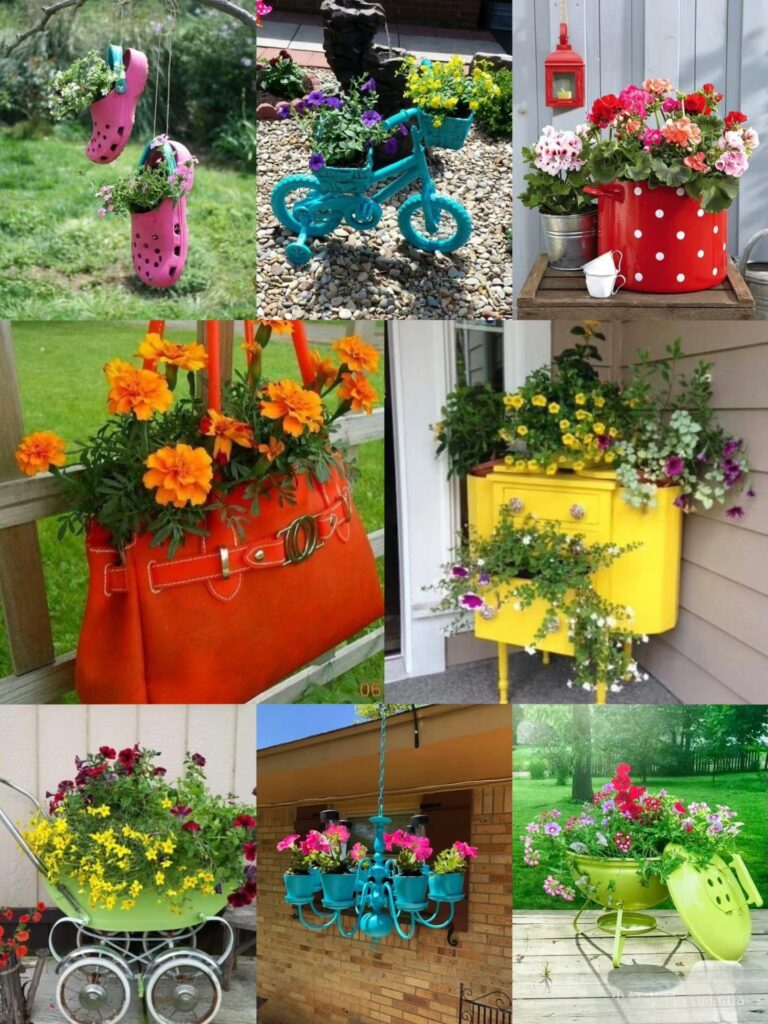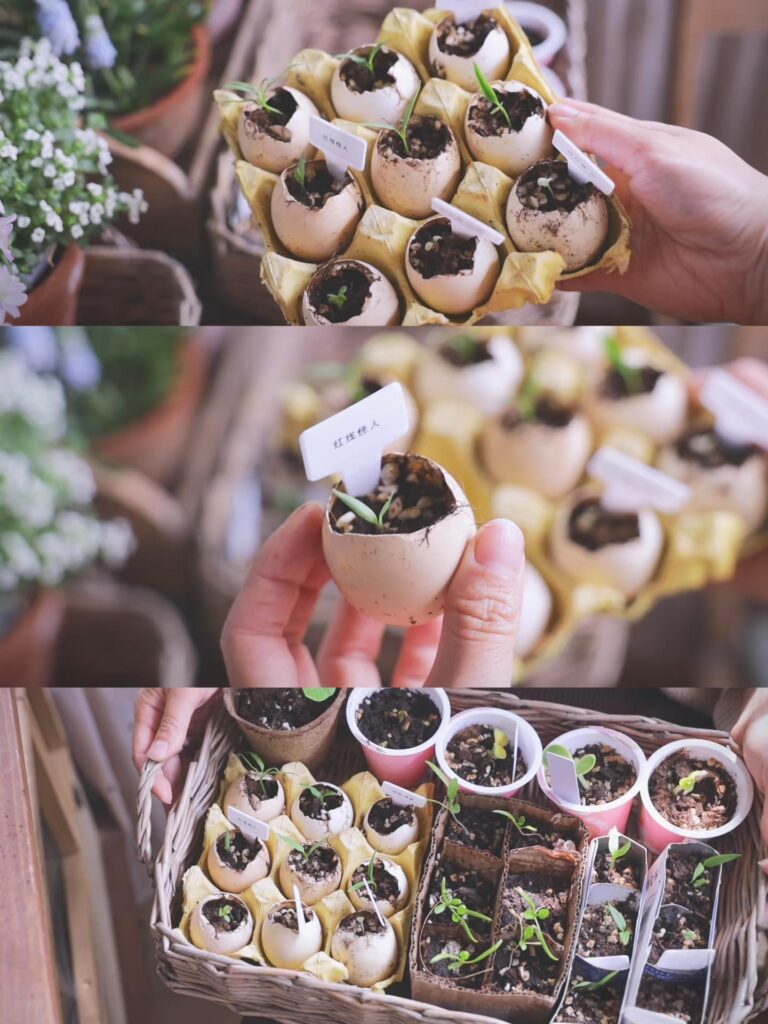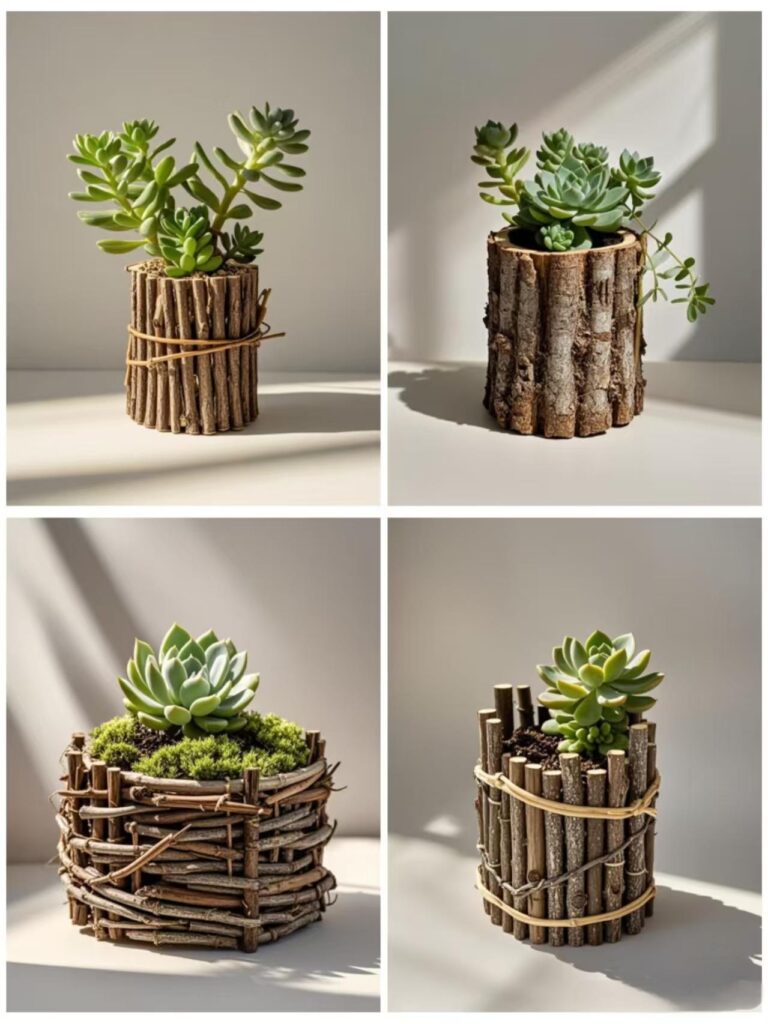When it comes to repotting your plants, one of the most crucial decisions you’ll make is selecting the right-sized pot. A pot that’s too small can stunt growth, while one that’s too large can lead to overwatering and root rot. Here’s how to determine the ideal pot size for your plants and avoid common mistakes.
1. Understand Your Plant’s Root System
The root system plays a major role in determining how big or small the pot should be. Some plants have shallow, spreading roots, while others have deep, long roots. It’s essential to understand your plant’s growth habits:
- Shallow Roots: Plants like succulents and certain houseplants tend to have shallow root systems. A pot with a wider base is preferable to allow for horizontal growth.
- Deep Roots: Plants such as trees, larger houseplants, or vines often need pots that allow for vertical root growth.
Before selecting a pot, gently remove your plant from its current pot to inspect the root system. If the roots are dense and circling the pot, it may be time to move to a larger pot.
2. Rule of Thumb for Pot Size
A general rule of thumb is to increase the pot size by 2 inches in diameter for every size upgrade. For example:
- A small houseplant that currently sits in a 6-inch pot will likely do well in an 8-inch pot.
- For larger plants or trees, consider 3-inch increases as the plant grows.
Be careful not to jump too many sizes at once, as a pot that’s too large can lead to poor drainage and excessive moisture retention around the roots.
3. Avoid Going Too Large
It might be tempting to go big, especially when you’re thinking of the plant’s long-term growth, but a pot that’s too large can cause problems. Here’s why:
- Overwatering Risk: A pot that’s too big will retain excess moisture. If the plant’s roots can’t absorb all the water in a giant pot, the remaining water can lead to root rot.
- Slower Growth: In a large pot, the plant may focus its energy on growing new roots to fill the extra space, rather than focusing on above-ground growth like leaves or flowers.
When repotting, don’t leap to a pot that’s more than 2-3 inches larger in diameter than the previous one.
4. Drainage is Key
Regardless of the size of the pot, drainage holes are essential. Without proper drainage, water can build up at the bottom, suffocating the roots and causing rot. Always ensure the pot has sufficient drainage holes.
If your pot has no drainage, you can add a layer of pebbles at the bottom to help facilitate water flow, but it’s always better to choose a pot designed for drainage.
5. Consider the Material of the Pot
The material of the pot can influence your plant’s growth as well. Some materials, like terracotta, allow for better airflow to the roots, while plastic pots tend to retain more moisture. Here’s what to consider:
- Terracotta: Best for plants that prefer dry conditions (succulents, cacti) as it dries out quicker.
- Plastic or Glazed Pots: Retain moisture better, making them suitable for moisture-loving plants like ferns.
- Ceramic or Wooden Pots: These materials can provide a balanced environment for most plants and are a stylish option for indoor décor.
6. Potting Mistakes to Avoid
When repotting, there are a few common mistakes that can hinder your plant’s growth:
- Using a Pot Too Small: If your plant is root-bound (roots circling the inside of the pot), it needs more space to grow. A pot that’s too small restricts root growth and can cause the plant to become stressed.
- Not Allowing for Growth: While choosing the right-sized pot is essential, don’t forget that your plant will eventually outgrow the new pot, so leave a bit of space for future growth.
- Skipping Drainage: Always check that your pot has drainage holes. Without them, excess water has nowhere to escape, which could lead to root rot.
- Overpacking the Soil: Pressing down too hard on the soil when repotting can compact it and limit root growth. Gently firm the soil to ensure it stays in place, but don’t pack it down too much.
7. Repotting Tips
- Repot During the Growing Season: The best time to repot your plants is during their active growing season—usually in spring or early summer—when they are most likely to adjust to the new environment.
- Water the Plant Well Before Repotting: Water your plant thoroughly a day before repotting to ensure that the roots are hydrated and less likely to be stressed during the transition.



